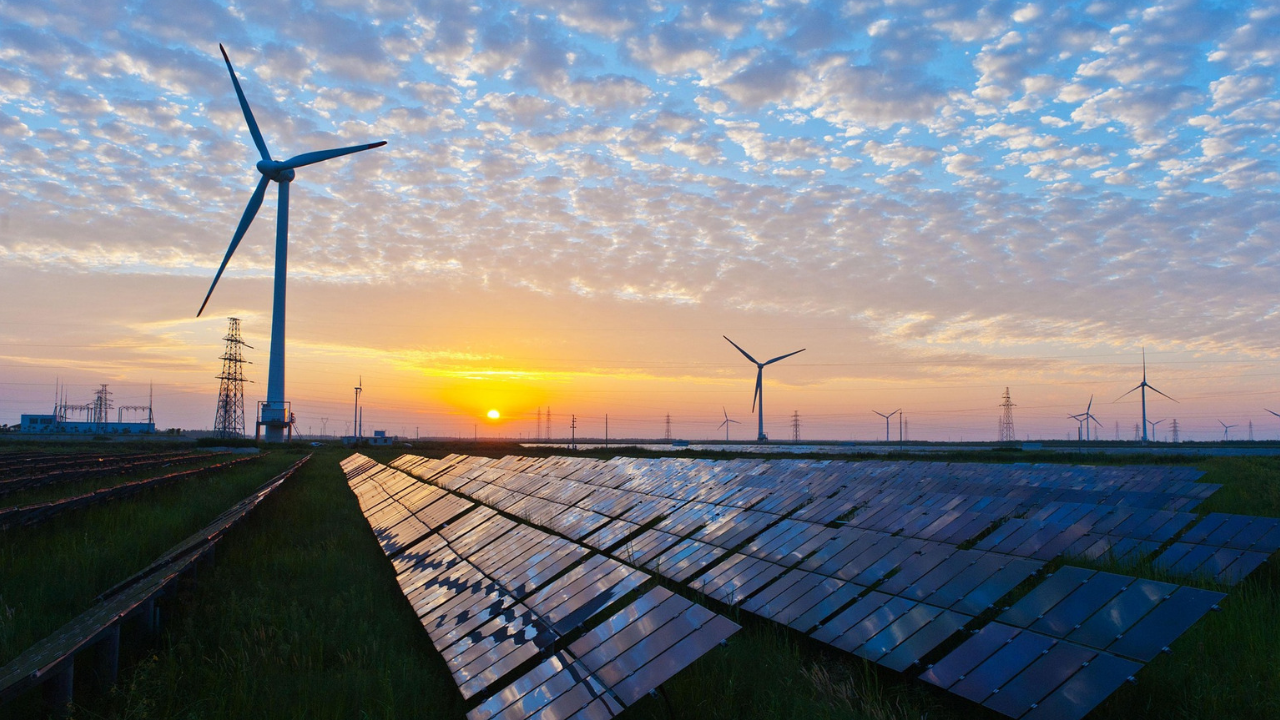The Great Energy Transition: Challenges and opportunities for transformation

Change has always been the only constant when it comes to the energy landscape; however, in response to a range of challenges, from combatting climate change through to tackling energy security, today’s energy landscape is set for a fundamental transformation. The good news is that there are a range of new technologies available that can address these challenges.
On 5 October 2018, Temasek organised a discussion by management consultancy AT Kearney on the future energy value chain, as part of the Ecosperity Conversations series. The session discussed the regulatory requirements to support this shift in the energy landscape, the potential new business models, and the implications both globally and for Singapore.
This summary report covers the key topics discussed during the session and includes additional insights to complement the discussion on the potential implications for Singapore.
Key takeaways from the session
- Climate change, energy security, and cost considerations are driving the current energy transition which aims to transform the global energy sector from fossil-based to zero-carbon
- To keep global temperature increase to under 1.5oC this century, renewable energy penetration must rise to 70-85% of global energy mix – up from 25% today
- Singapore’s triple challenge: i) pledge to reduce emission intensity by 36% from 2005 levels by 2030; ii) natural gas imports ~95% of fuel mix; iii) rising energy costs to firms & low-income households
- The business opportunity from new energy innovations could be worth USD 4.3 trillion globally and USD 1.9 trillion in Asia by 2030
- Solar and wind energy hold the largest potential across renewable technologies – largely cost competitive with fossil fuels and could each account for 24% of global energy mix by 2050
- Carbon capture, storage & utilisation (CCSU) technologies could contribute ~13% of carbon emissions reduction by 2050; the cost of restricting global warming to below 2oC could double without CCSU
- There is a convergence of industries, where non-traditional players from the finance, automotive, waste management and ICT sectors are now key components of the new global energy value chain
- A supportive regulatory landscape is crucial to support the energy transition – and key to attracting private investments. Common policies include Renewable Portfolio Standards, financial incentives and Public-Private Partnerships, and regulatory sandboxes
- The energy transition has significant implications for the labour market – reskilling the workforce in traditional energy sectors is critical to ensuring a smooth transition for all stakeholders









